Artists from all over the world reflect on the fate of mankind at MAAT.
Does art have a function or is the value of artistic creation independent from its function? Is such value predicated on the aesthetics of each work, or only on its ability to make people think? Does art for art's sake still make sense in the 21st century?
The Eco-Visionaries exhibition does not seek to answer all these questions, focusing instead on one of the spectra of the latter issue: it is a manifest-exhibition and therefore seeks to play an active role in society, conveying several messages about a pressing issue - the destruction of the planet by mankind.
The Invisible Catastrophe
Climate change, depletion of resources, various forms of pollution and contamination are some of the factors threatening multiple species on planet Earth and mankind itself. Evidence of these threats is so overwhelming that it has been imprinted on rocks, leading scientists to think we are experiencing a new geological age - a new period in the history of planet Earth, called the Anthropocene. This era is said to have started with the Industrial Revolution, when human activities began to have a significant impact on the climate and on the functioning of Earth's ecosystems.
Planet Earth keeps changing, and every day we are bombarded with news about such changes - the melting of the Poles, the extinction of several species, the proliferation of plastic in the ocean, and so on. But there is not yet enough historical distance to get an objective picture of the phenomenon, something with which we can come up with more effective solutions.
In fact, we might not even have enough time for such historical distance to occur. And that is why there is an urgent need for all sectors of society to make the ongoing catastrophe more visible. This is also the role of art and of this particular exhibition: to make the reality of the Anthropocene more visible and to propose strategies for dealing with the issue.
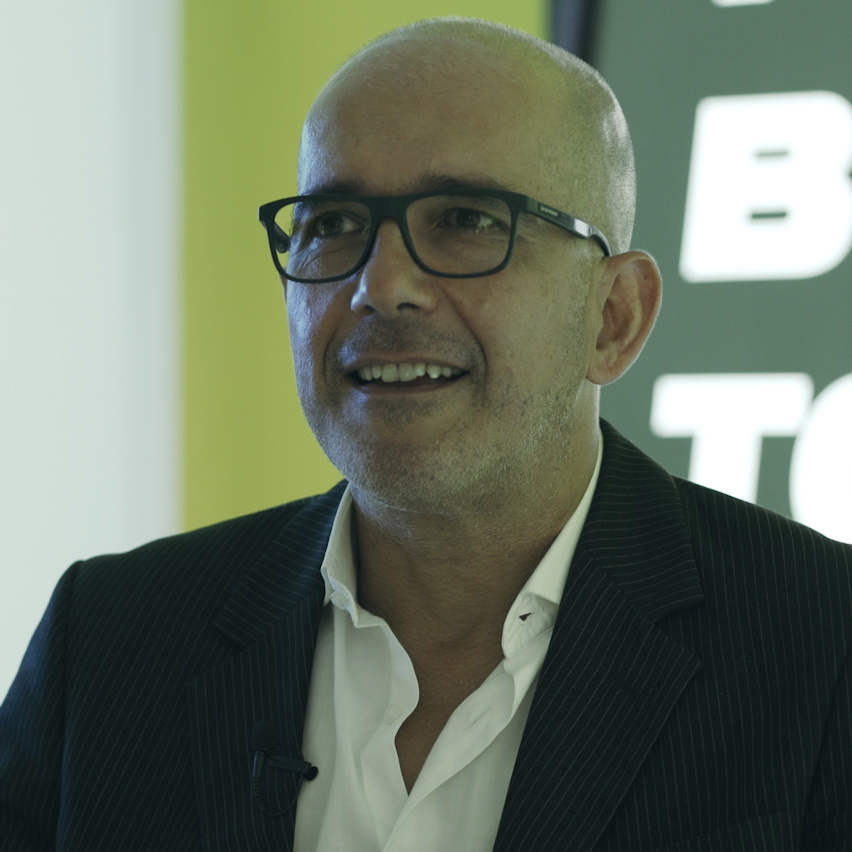
The concept of the visionary, which is closely associated with artistic vanguards, is an interesting way of approaching the problem. Not only from an analytical point of view, but also from a constructive perspective - by presenting ideas that address the problem and anticipate how we could deal with this issue in the near future.
Pedro Gadanho, Eco-Visionaries exhibition curator
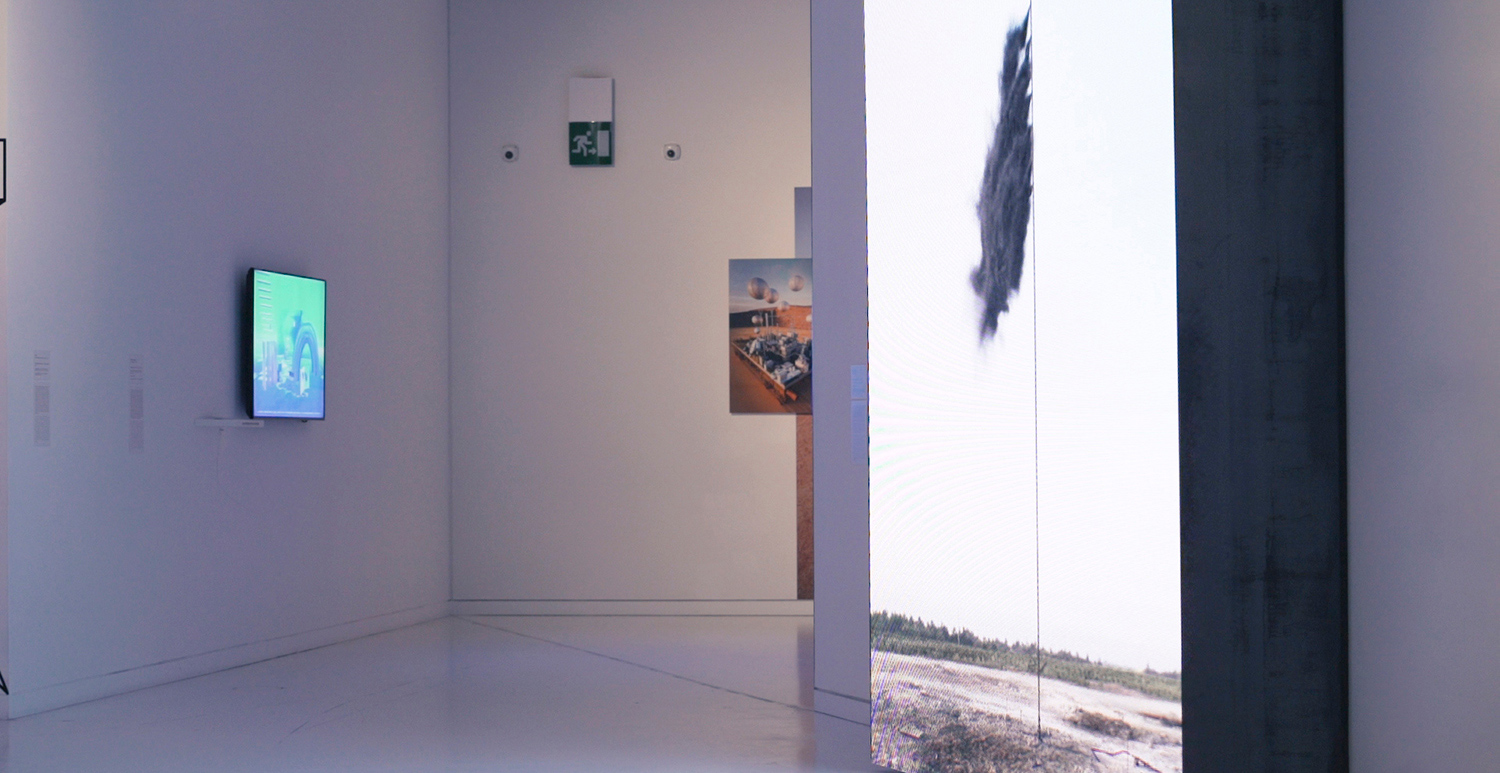
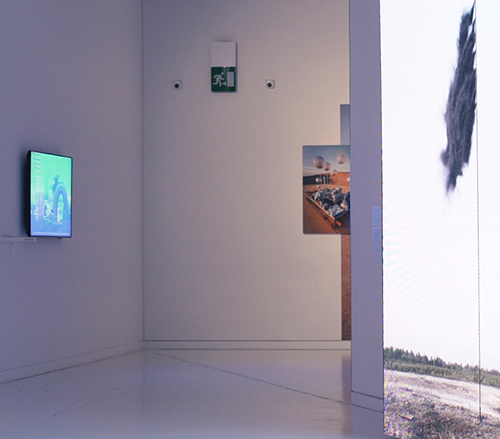
Is there life after the Anthropocene?
'Eco-Visionaries: Art and Architecture after the Anthropocene' examines environmental issues through the lens of Portuguese and international artists, bringing together creativity and technological innovation. Technology is seen here as a way of changing the course of nature, and possibly of saving our future as a species, but it also poses another question: what are the risks of such technological changes?
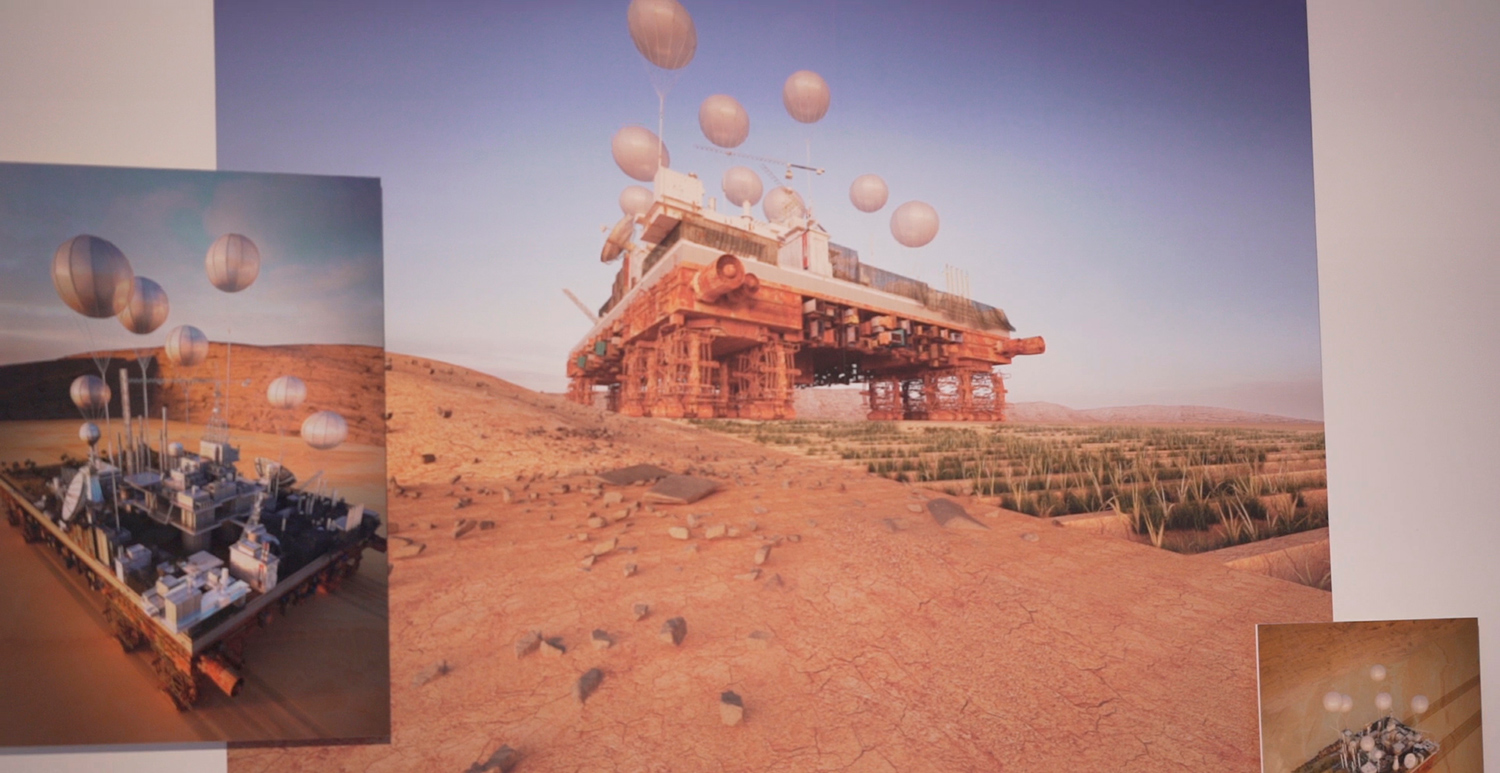
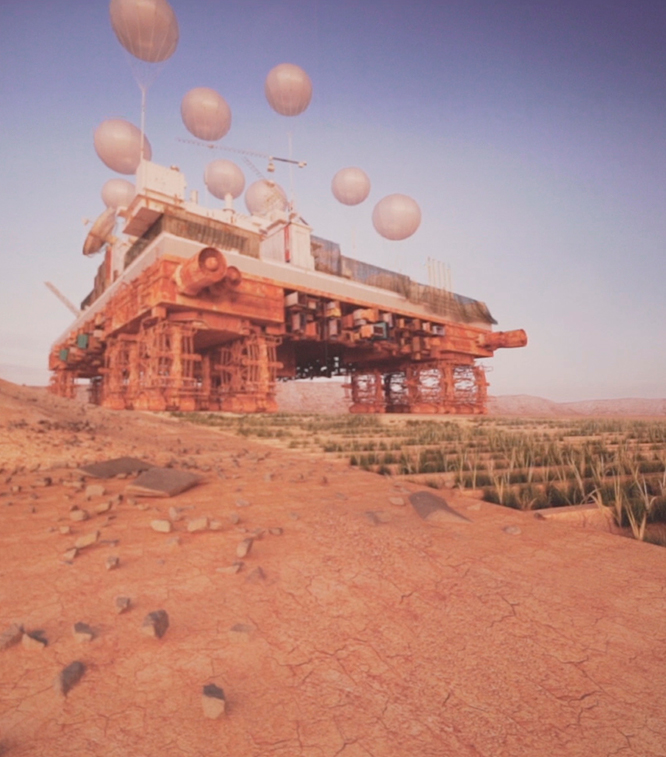
Maybe it would be safer to do nothing. Or perhaps it is too late to do anything, as some argue: indeed, several scientists claim that Earth's sixth mass extinction is under way; in other words, the end is nigh for mankind, which will face the same fate as dinosaurs. But is it really?
The exhibition is organized into four rooms, corresponding to the four stages into which we could divide the Anthropocene: Disaster, Coexistence, Extinction and Adaptation.
Disaster
The projects in this room reveal the tragic reality of human intervention on nature, showing us, on the one hand, what is at stake, and, on the other hand, that no behavior in our everyday life is innocent: they all have consequences.
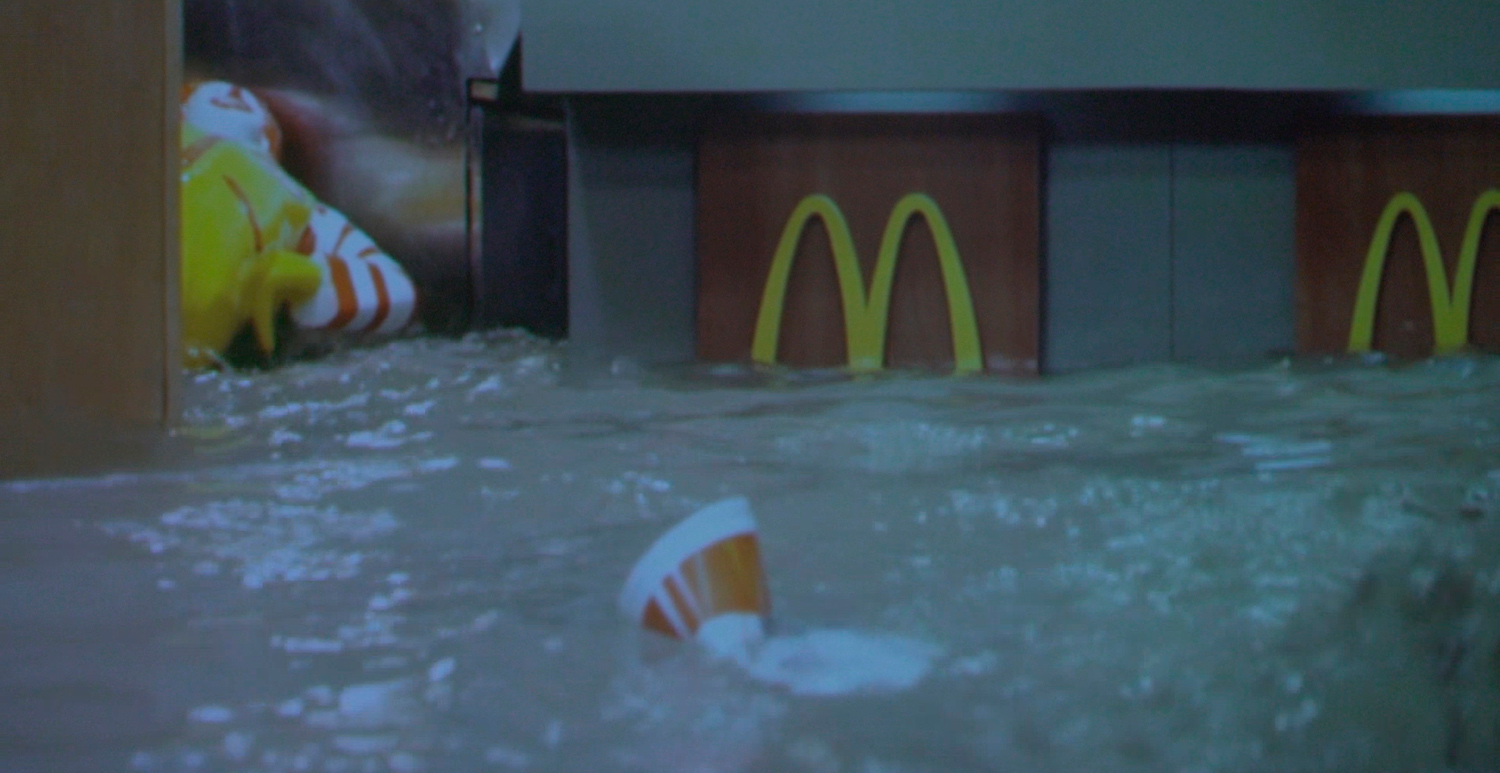
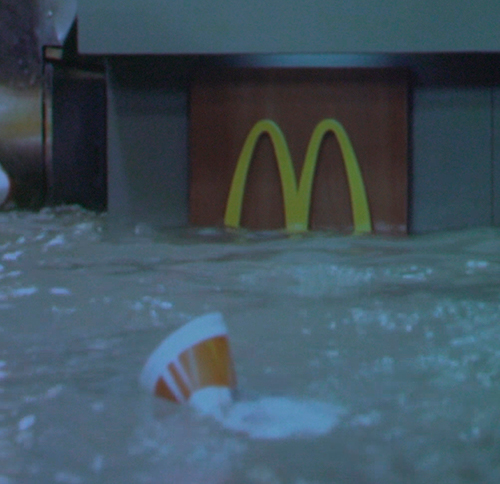
Coexistence
Rethinking life on Earth as a network of global solidarity is the challenge that this room offers us. Contemporary architects and artists challenge accepted notions of 'territory' and suggest alternative forms of coexistence between different peoples and different species.
Extinction
Earth's average temperature may rise so suddenly that the human species will not be able to adapt. This exhibition room therefore seeks to imagine mankind as a secondary species in a world dominated by much older and better-adapted creatures.
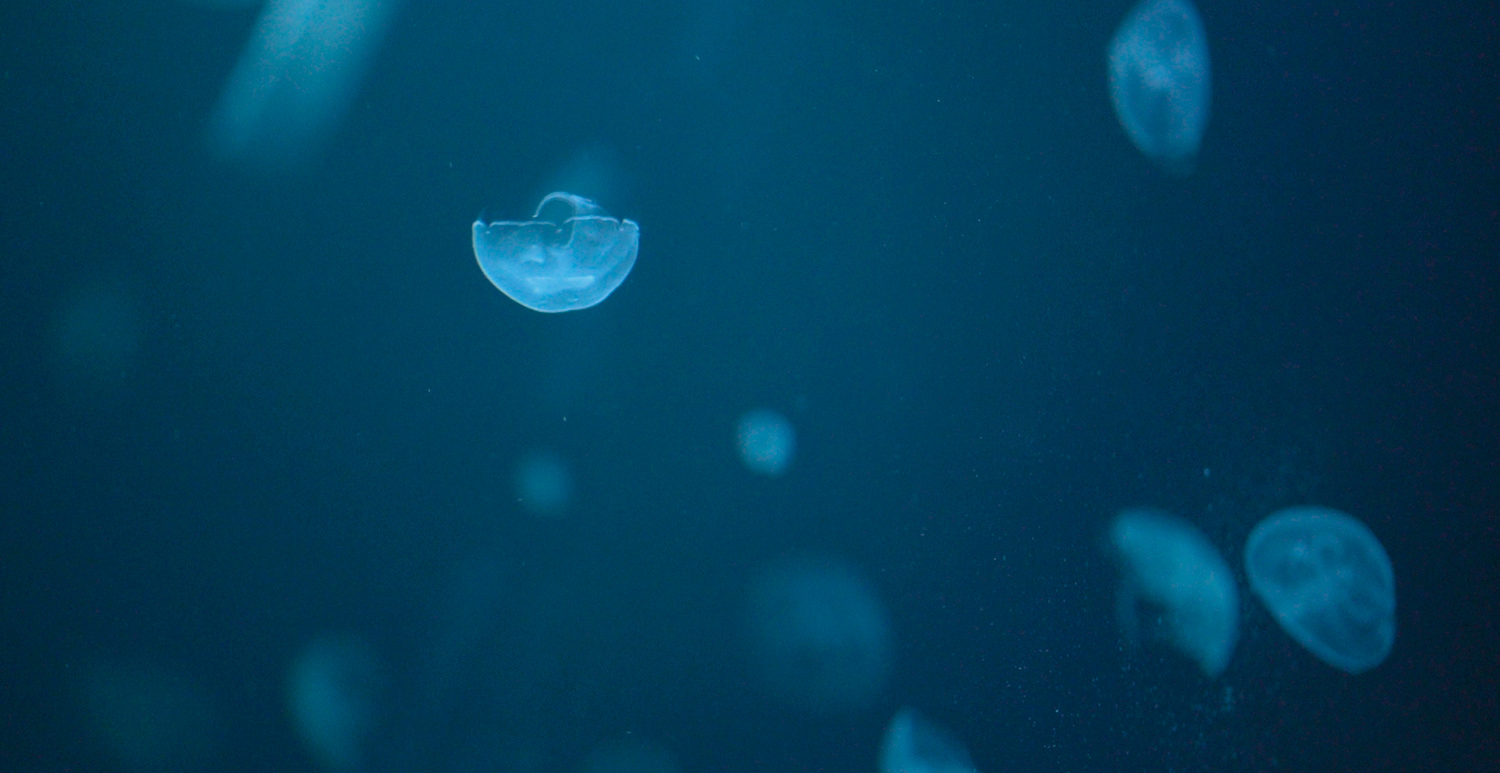
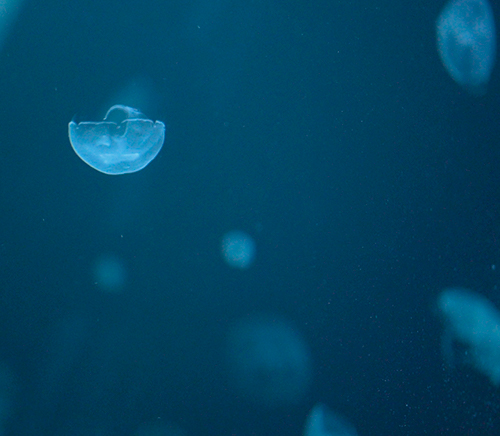
Adaptation
If we have crafted our own destruction, will we be able to craft our survival? Adaptation through technology can be the solution. In this room, our guest Eco-Visionaries invite us to venture into a world in which mankind reinvents itself, both biologically and sociologically, in order to survive the changes it has brought about.
"We wanted to end on a positive note by focusing on adaptation, that is, on the things that are being done by artists and architects dealing with new ways of managing energy, recycling, or using water more rationally, and on how we can incorporate the issues that are affecting us into our way of thinking.", explains Pedro Gadanho.
A challenging presence in MAAT
If climate change and the destruction of our planet is such a controversial and difficult topic, why hold an exhibition like Eco-Visionaries at MAAT, a museum run by EDP?
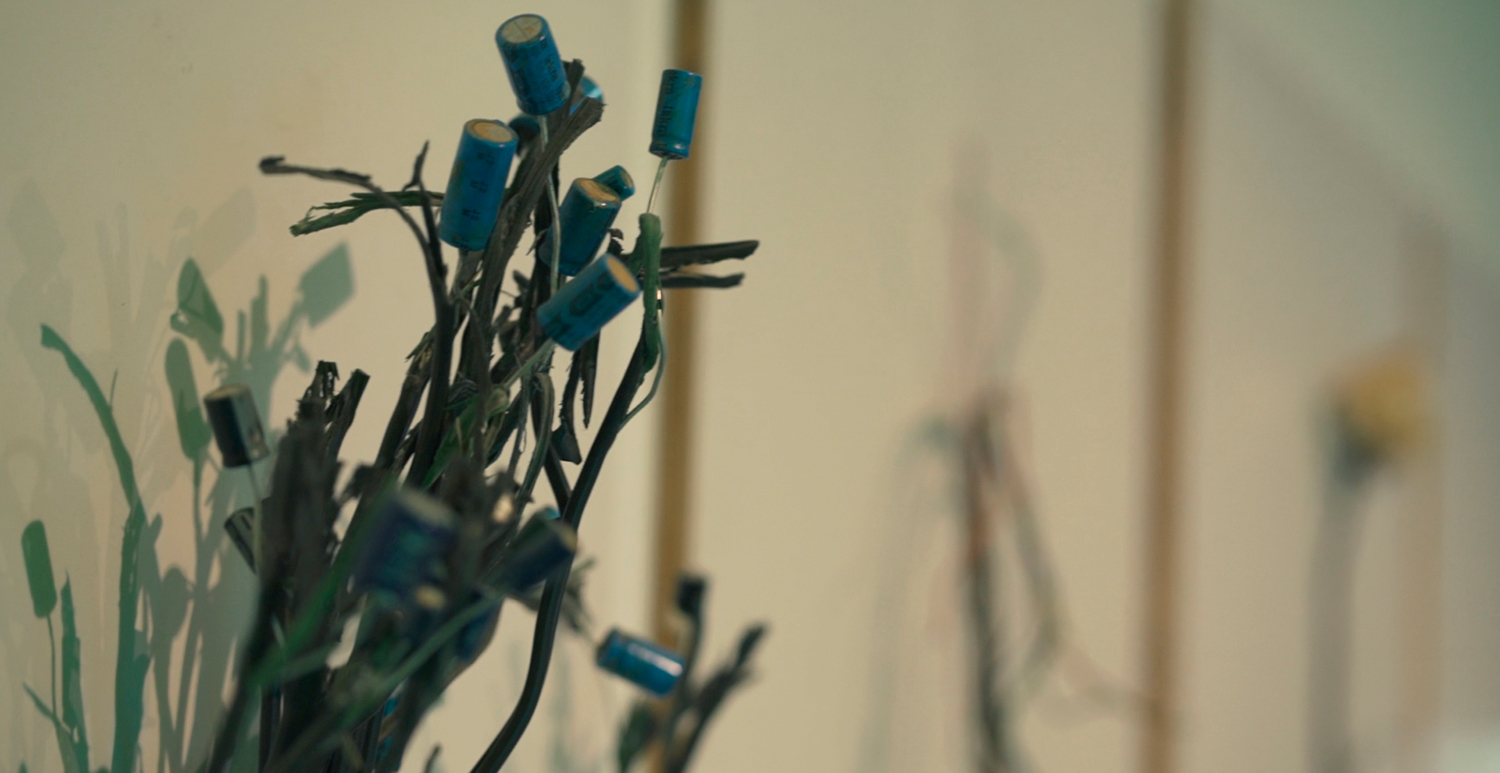
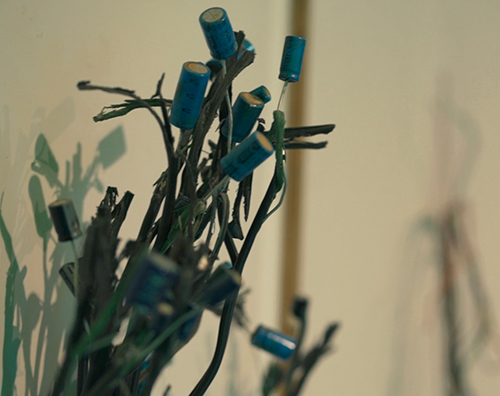
According to Sara Goulart, EDP Deputy Director for Climate and Environment, this choice reflects the company's stance on the matter. The electricity sector accounts for 25% of global greenhouse gas emissions, so there is no denying that there is a relationship between the performance of electricity companies and the changes currently affecting our planet. But we must also understand that electricity is now a basic commodity, like water itself, without which modern societies can no longer survive.
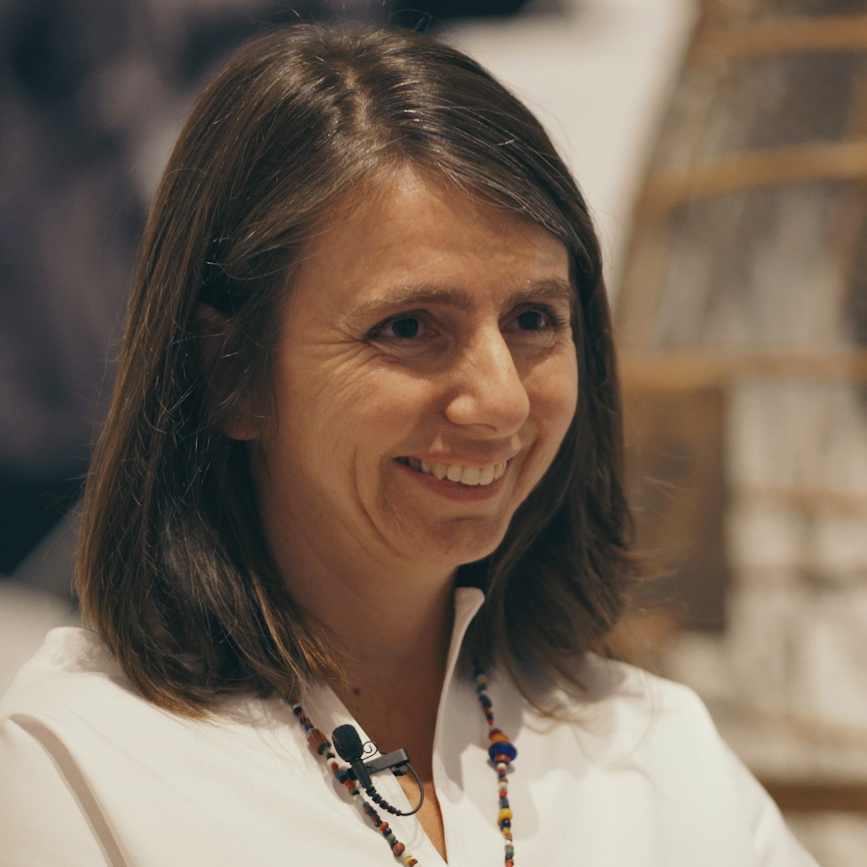
The world population has reached 6.7 billion and is expected to hit almost 10 billion by 2050, each and every one with electricity needs. There is no dichotomy here [between companies and the planet] - there are, rather, people who want to improve their living conditions.
Sara Goulart, EDP Deputy Director for Climate and Environment
There has been a global effort on the part of the energy sector towards a transformation of production and consumption habits, a transformation which citizens replicate in their daily routines.
EDP is one of the companies with concrete commitments and actions in this regard. On the one hand, it has accepted the United Nations' Sustainable Development Goals challenge - a set of targets comprising the well-being of people and the planet in areas such as gender equality and the environment.
One of the measures is a strategic plan for climate change which includes impact mitigation tactics, transparency initiatives, and capacity-building actions - with environmental awareness-raising as a priority. And it is also within this context that MAAT hosts the Eco-Visionaries exhibition.
Visionaries around the world
Eco-Visionaries is based on an unusual model: instead of planning a traveling exhibition, the organizers decided to establish a partnership in order to build several exhibitions from the same theme.
The exhibition can be visited in Basel (Switzerland) at Haus der Elektronischen Künste, with some of the artists displayed in Lisbon but with different works. It will then move to Gijon (Spain), where it will be displayed at Laboral (Arts and Industrial Creation Center). On the other hand, Bildmuseet in Umeå (Sweden) is currently hosting a version of the exhibition which is much more focused on local communities, namely the region's autochthonous populations.
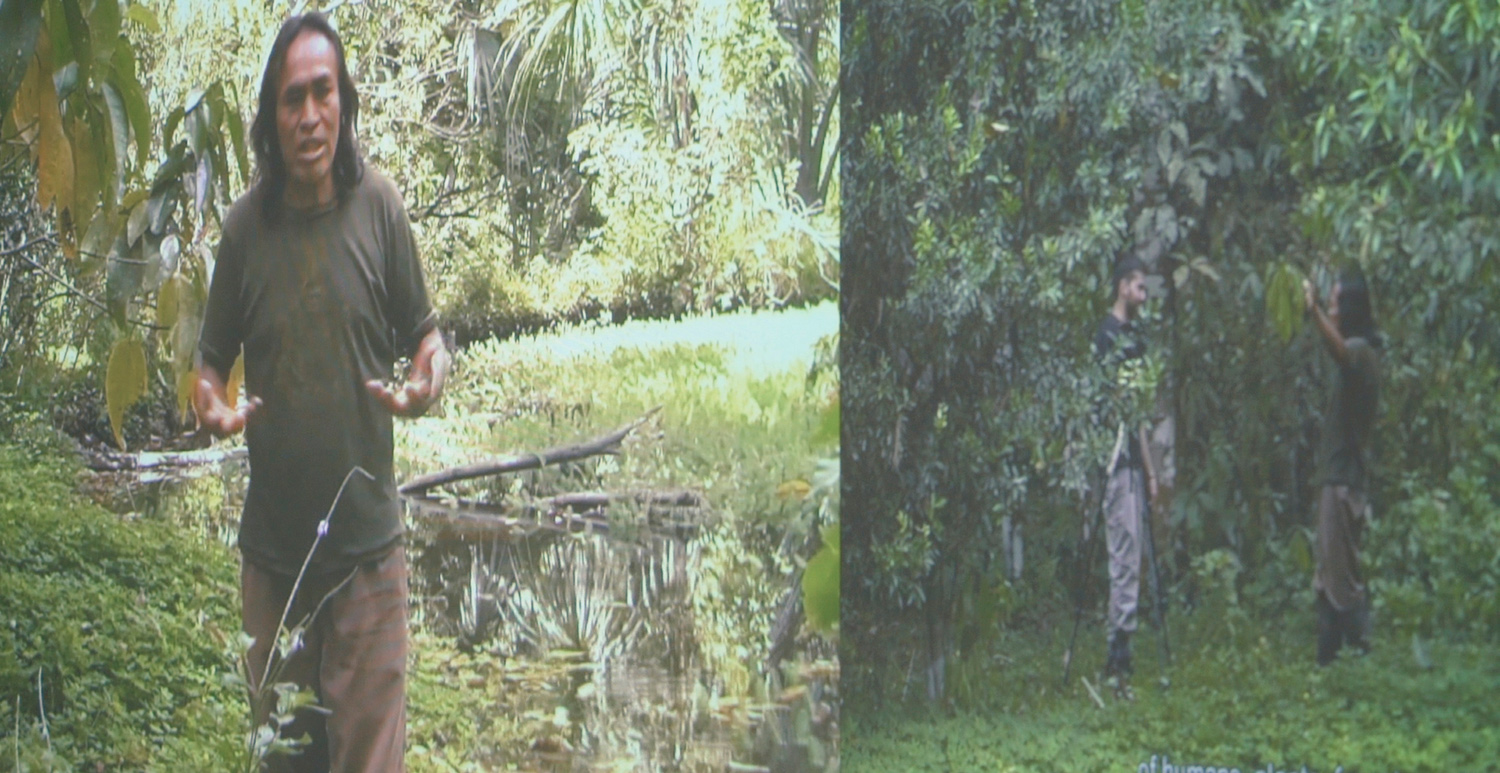
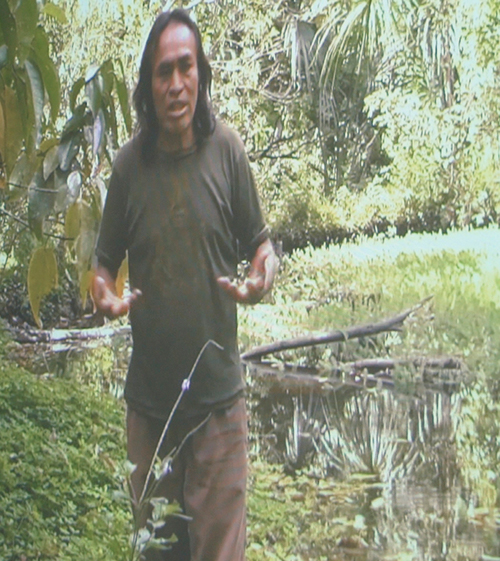
The Royal Academy in London has recently confirmed its interest in hosting the exhibition in 2019; the works on display in Lisbon will therefore travel to London and be adapted to that venue, with the possibility of adding other works.